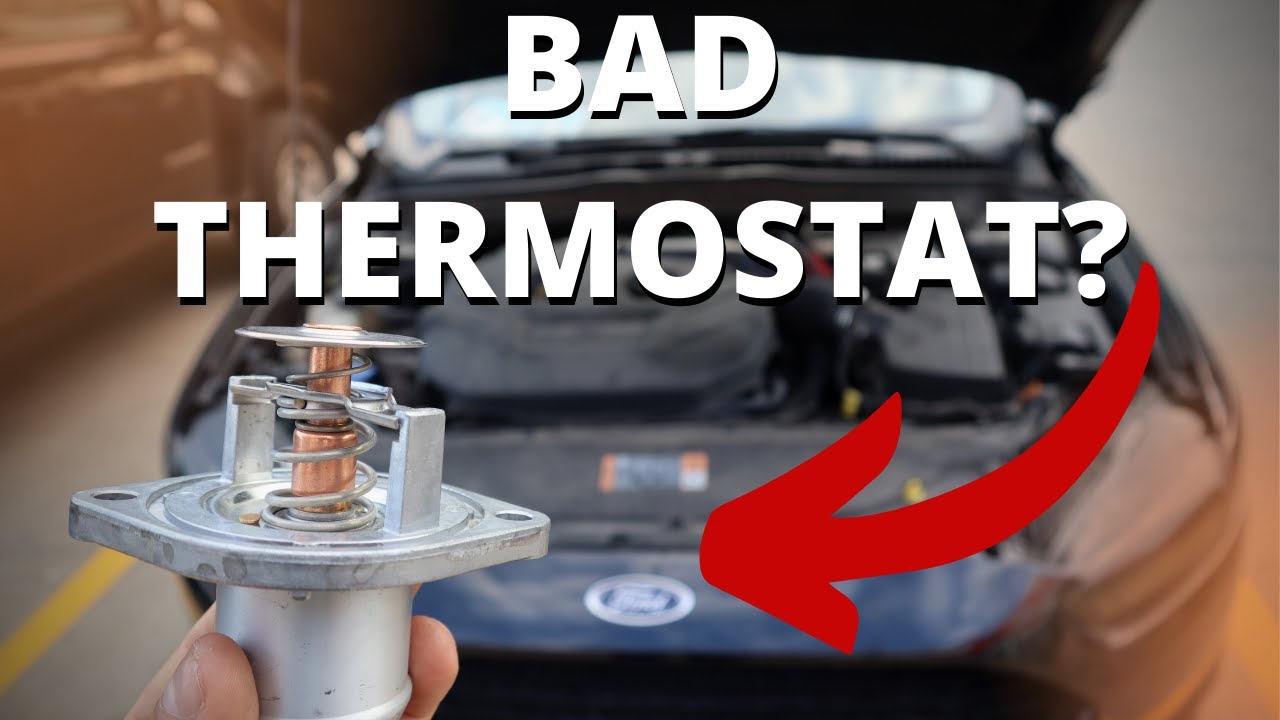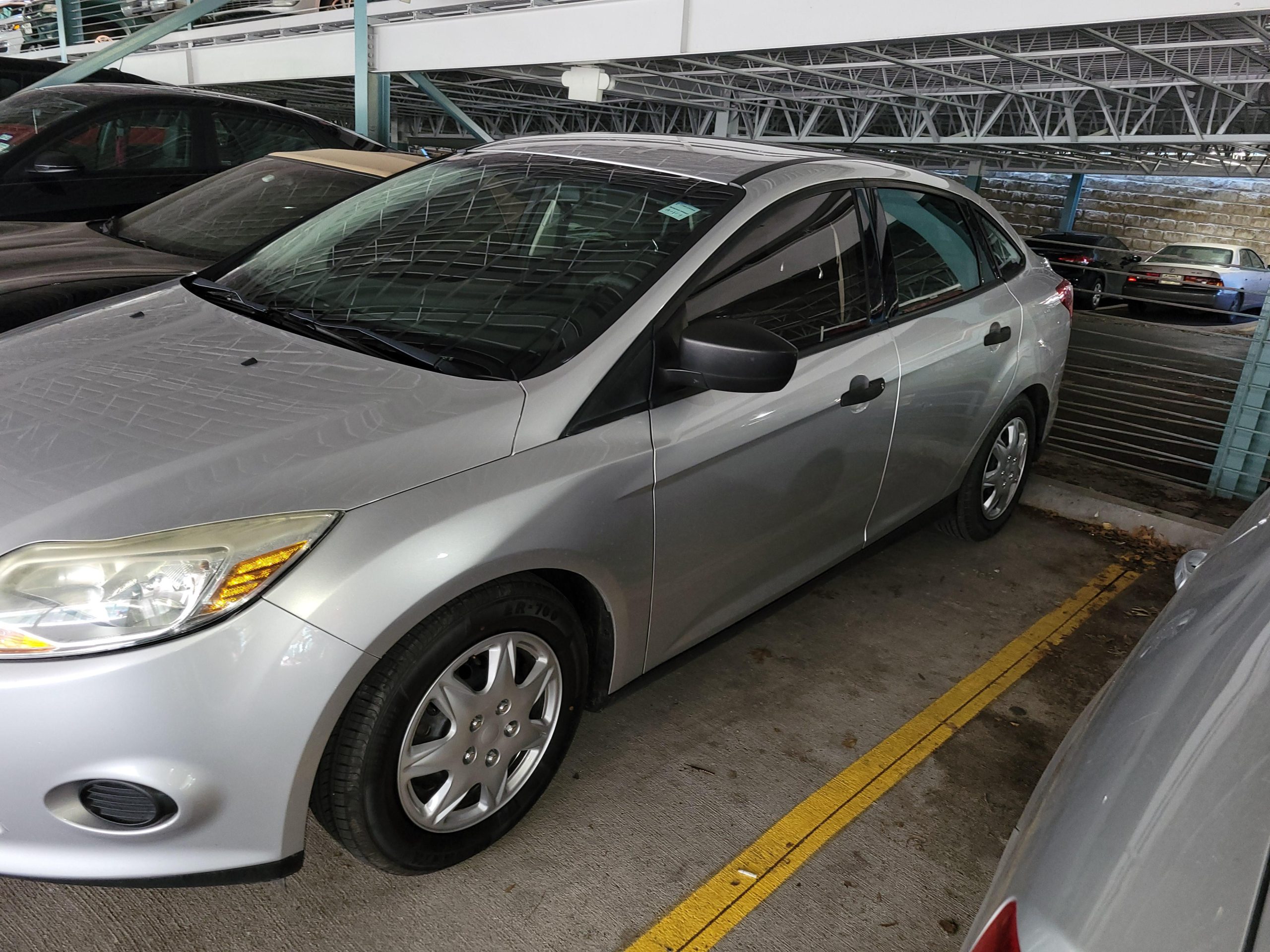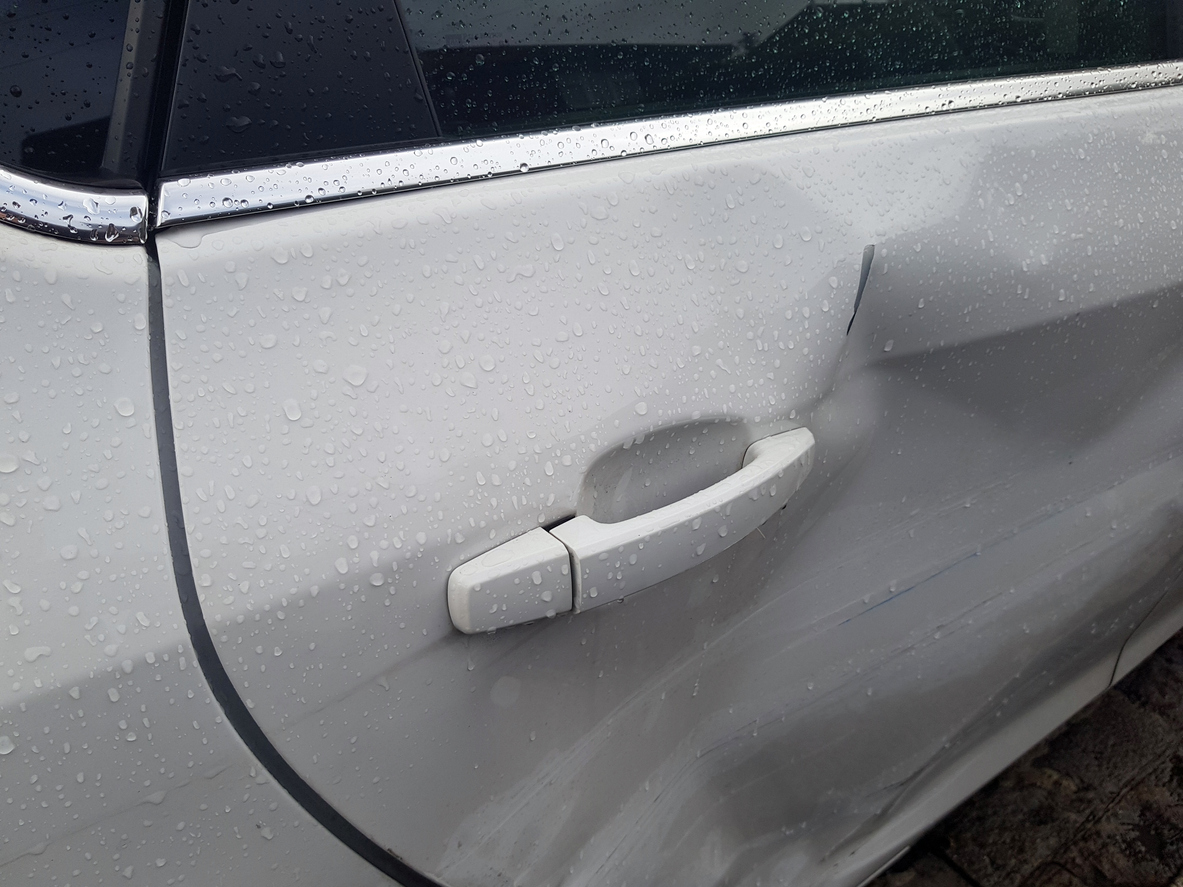Signs of a Bad Thermostat in Car
Signs of a bad thermostat in a car include engine overheating and fluctuating temperatures. A stuck thermostat can lead to inadequate engine cooling or heating.
Recognizing the symptoms of a faulty thermostat is crucial for maintaining your vehicle’s performance and longevity. The thermostat is a small but essential component that regulates the flow of coolant through the engine, keeping it within the optimal temperature range.
Persistent overheating, a high reading on the temperature gauge, and inconsistent cabin temperatures can all indicate a malfunctioning thermostat. Consistently cold engine readings might suggest the thermostat is stuck open, while unusually high engine temperatures could mean it’s stuck closed. Monitoring these signs and seeking timely repair is vital. Ensuring your vehicle runs smoothly, a functioning thermostat also promotes fuel efficiency and helps prevent costly engine damage.

Credit: www.carparts.com
Recognizing Thermostat Failure In Cars
Thermostats maintain car engine temperature for optimal performance. When they fail, they cause numerous issues. Recognizing the signs of failure is crucial for car maintenance.
Symptoms While Driving
Thermostat problems often show up during a drive. Key indicators include:
- Temperature fluctuations: An unstable engine temperature gauge can mean thermostat issues.
- Overheating: A stuck-closed thermostat causes the car to overheat quickly.
- Cold air from vents: Even with a warm engine, insufficient heat inside suggests a stuck-open thermostat.
- Poor fuel economy: If the thermostat fails to reach the proper temperature, fuel consumption increases.
Dashboard Warning Signs
Keep an eye on the dashboard; it provides direct clues about thermostat health. Look out for these warnings:
- Check engine light: This light can signal a variety of issues, including thermostat failure.
- Temperature warning light: This light means the engine’s temperature is not right. It could be due to a failing thermostat.
Above signs warrant a professional checkup to avoid serious engine damage. Stay alert and catch thermostat issues early for a smooth ride.
Under The Hood Indications
A car’s thermostat might seem small, but it plays a vital role in engine temperature regulation. Recognizing bad thermostat symptoms is crucial for maintaining your vehicle’s health. Understanding these under the hood indications can save time and prevent costlier repairs.
Coolant Leaks And Fluctuations
Inspecting for coolant leaks is the first step to assess thermostat health. A malfunctioning thermostat can lead to irregular coolant circulation and result in leaks. Check around the thermostat housing for signs of coolant spills or drips. This may indicate a seal that has failed due to thermostat issues.
| Location | Signs of Leak |
|---|---|
| Gasket Area | Wetness or pooling of coolant |
| Housing Unit | Corrosion or residue |
Fluctuations in the coolant level can also hint at a bad thermostat. A sticking thermostat may cause overflows or inadequate coolant flow.
- High coolant level when cold
- Drop in level when running
- Inconsistent fill requirements
Unusual Temperature Gauge Readings
Monitoring the temperature gauge offers clues about the thermostat’s operation. A thermostat failing to open or close properly will cause sudden spikes or drops in temperature readings. Constant high readings might imply an overheating engine, while low readings suggest the engine is not reaching the optimal operating temperature.
- Start engine and observe gauge
- Note any rapid changes in temperature
- Watch for consistent high or low readings
A thermostat stuck open or closed can lead to serious engine damage. Catch issues early by noting these unusual temperature gauge readings.
Engine Performance Issues
An essential component of your car that affects engine performance is the thermostat. A failing thermostat can lead to a range of engine issues. Below, we explore two major signs that your car’s thermostat might not be functioning properly.
Overheating And Its Consequences
Overheating is a telltale sign of a bad thermostat. When the thermostat sticks in the closed position, coolant can’t flow through the radiator to get cooled. This causes the engine’s temperature to escalate quickly. An overheated engine can result in serious damages:
- Warped cylinder heads
- Head gasket failure, leading to costly repairs
- Reduced fuel efficiency and increased emissions
Regular temperature checks can help detect overheating early, before these consequences occur.
Erratic Engine Temperature
An erratic engine temperature gauge could indicate thermostat issues. If the thermostat opens and closes randomly, engine temperature fluctuates. This inconsistent operation can lead to:
| Erratic Behavior | Possible Causes |
|---|---|
| Unexpected temperature changes | Thermostat stuck open/close |
| Poor cabin heating | Inadequate engine warm-up |
| Engine underperformance | Inconsistent engine operation |
Spotting and addressing these signs early can protect your engine from long-term damage and ensure smooth operation.

Credit: www.youtube.com
Thermostat Inspection
Keeping an eye on your car’s thermostat helps maintain its health. If your vehicle overheats or runs colder than usual, your thermostat could be to blame. A thorough inspection will help you determine if your thermostat is the cause. Below are the essential steps to check your car’s thermostat.
Visual Checks
Visual assessments give quick clues about your thermostat’s condition. Here’s how to inspect it:
- Locate the thermostat. It’s usually housed near the top of the engine.
- Check for corrosion. Signs of rust or buildup suggest a problem.
- Inspect for leaks. Coolant around the thermostat housing indicates a leak.
- Observe if the valve opens. After warm-up, a working thermostat opens to allow coolant flow.
Diagnostic Tests
Diagnostic procedures further evaluate thermostat performance:
- Warm up the engine. Let the car reach its normal operating temperature.
- Use a thermometer. Check the coolant temperature to ensure it matches the thermostat’s rating.
- Scan for error codes. A professional scan tool can detect thermostat-related issues.
A well-performed diagnostic can reveal if your thermostat needs replacing. Following these steps will ensure your car operates at an optimal temperature.
Impact On Vehicle Functioning
The thermostat is essential for your car’s health and performance. A bad thermostat can lead to significant issues that affect your vehicle’s functioning. Noticing these symptoms early can prevent further damage.
Fuel Efficiency Reduction
A thermostat stuck in an open position leads to a continuous flow of coolant. This prevents the engine from reaching its optimal operating temperature, resulting in poor fuel efficiency. A colder than normal engine requires more fuel to maintain operation, meaning your vehicle consumes more fuel than it should.
Increased Emission Levels
A suboptimal engine temperature can cause an increase in harmful emissions. A faulty thermostat might prevent the engine from reaching the temperature at which it burns fuel most efficiently. This inefficiency leads to incomplete combustion, contributing to higher emission levels. These emissions are not only bad for the environment but may also cause your car to fail emissions testing.
Replacing A Faulty Thermostat
A vehicle’s thermostat stands as a silent sentinel. It helps maintain engine temperature. Over time, this hero can falter due to wear and tear. A bad thermostat can cause overheating, underheating, or irregular temperature fluctuations. Recognizing when to replace a thermostat is crucial for vehicle maintenance. Here’s how to replace a faulty thermostat with precision and care.
When To Consider Replacement
- Temperature gauge reading high: Keep an eye on the dashboard. A high reading often hints at a failing thermostat.
- Temperature fluctuating: If the temperature swings wildly, the thermostat might be the cause.
- Coolant leaks: Puddles under the car? Could be a sign of a thermostat problem.
- Heater malfunction: Inconsistent heating likely means there’s a thermostat issue.
- Poor fuel economy: A stuck thermostat affects fuel efficiency. Note any changes.
Steps For Safe Replacement
- Prepare your car: Make sure the engine is cool. Set the parking brake. Use wheel chocks for safety.
- Gather tools: You’ll need a wrench, pliers, and a new thermostat. Don’t forget replacement coolant.
- Drain coolant: Remove the radiator cap. Place a container underneath. Open drain plug to collect coolant.
- Remove the old thermostat: Take out the housing. Pull the thermostat. Check it over.
- Clean housing: Remove the old gasket. Clean the surfaces. Prepare for the new thermostat.
- Install new thermostat: Place it in the correct direction. Use a new gasket.
- Seal housing: Reattach the housing. Ensure a tight fit to prevent leaks.
- Refill coolant: Pour in fresh coolant. Fill it to the correct level.
- Check for leaks: Start the car. Look for any leaks. Check temperature readings for steady readings.
Regular checks can prevent big issues. Watch for signs. Replace a bad thermostat promptly to ensure your car runs smoothly.
Frequently Asked Questions For Signs Of A Bad Thermostat In Car
What Are Common Symptoms Of A Bad Thermostat?
A bad thermostat often causes engine overheating or temperature fluctuations. You might notice insufficient heater functioning or increased fuel consumption. Those are key signs your car’s thermostat needs attention.
Can A Stuck Thermostat Cause Engine Damage?
Yes, a stuck thermostat can lead to engine overheating. Persistent overheating might cause severe engine damage like warped components or a blown head gasket. It’s crucial to address thermostat issues promptly.
How To Test For A Faulty Car Thermostat?
To test a car’s thermostat, let the engine warm up and feel both radiator hoses. If one is cold while the engine is hot, the thermostat may be stuck closed. Professional diagnosis is recommended for accurate assessment.
What’s The Lifespan Of A Car’s Thermostat?
A car’s thermostat typically lasts around 10 years or 150,000 miles. However, its lifespan can be shorter depending on the vehicle’s make, model, and maintenance history. Regular checkups can help ensure it functions properly.
Conclusion
Recognizing the symptoms of a malfunctioning car thermostat is crucial for vehicle maintenance. Temperature irregularities, overheating, and poor cabin heating all signal potential issues. Addressing these early can save time and costly repairs. Remember, a healthy thermostat means a healthier car.
Keep an eye out for these signs and drive with confidence.





